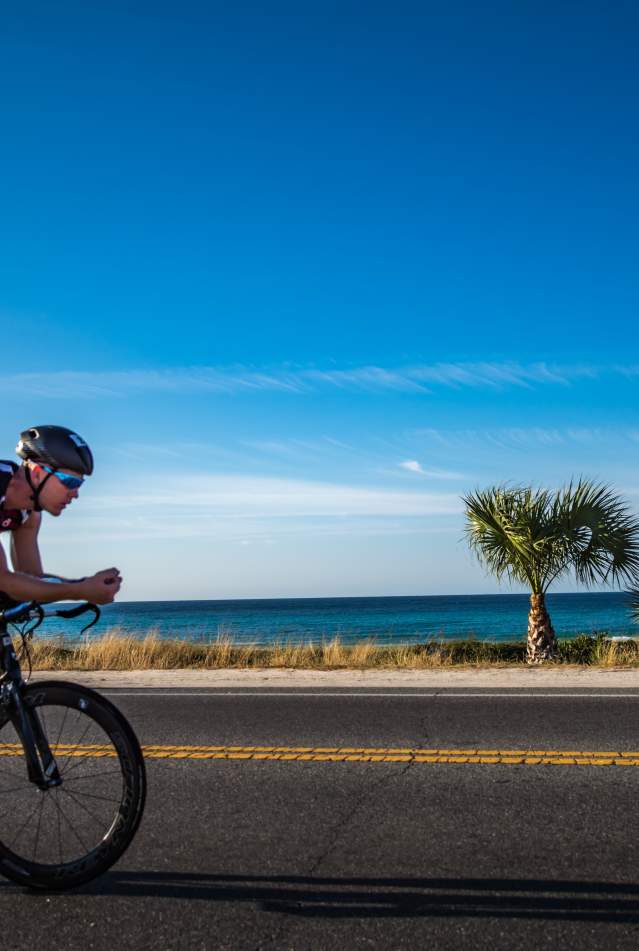Wow, life sure has changed dramatically in a short period of time. I encourage everyone to take appropriate measures to stay safe and healthy during the pandemic. We look forward to things returning to normal so you can once again enjoy our beaches and fishery.
April is a fantastic time to fish in our area. Warming waters have brought many of our migratory species back into the Gulf of Mexico, including Spanish mackerel, king mackerel, pompano, bonita and cobia. In addition, the bay species – speckled trout, redfish, sheepshead, mangrove snapper, black drum, and flounder – are also out and about, looking for an easy meal.
Inshore, the trout fishing has been pretty good. Most of the fish are solid two-pounders with plenty of others ranging up to three or four pounds. Areas of clear water with thick grass, scattered potholes or sandbars in 2-4 feet of water have been very productive. I’ve had success using a variety of plastic shrimp patterns. Try bouncing a jig off the bottom of sand holes or drifting a slow sinking/suspending bait with the current. You might also find trout laid up outside of the mouths of bayous and the Intracoastal Waterway where swift water and plentiful baitfish make it easy for predators to gorge.
Meanwhile, there is no shortage of places to catch redfish. Schools cruising along the beach, just outside the surf, often yield exciting hookups. Plus, it’s not uncommon to run into a variety of other fish cruising the beaches, including jack crevalle, sharks, cobia, triple tail, black drum and the small but tasty pompano. The clear water makes spotting them much easier than in a lot of other scenarios, so it’s a good way to get in some sightfishing practice. I usually work jigs, topwaters or swimbaits along the beach but it pays to have a rod rigged with a live shrimp or crab in case the fish are a little picky.
The flounder bite is surprisingly consistent right now, although nothing like it can be at other times of the year. Recently, I’ve hooked several nice flounder as “bycatch” while targeting trout and redfish. Flounder are ambush predators and will lie on the bottom, waiting for unsuspecting prey to swim by. They prefer areas of transition such as edges where the bottom changes from grass to sand, deep water to shallow or oyster to mud. Jigs, small sinking plugs and natural baits are all great choices and highly effective.
Spanish mackerel are getting thick and, since they are such voracious predators, are the perfect target for novices, children or anyone else who likes action-packed fishing. Trolling a couple of small spoons around surface-busting fish or where birds are diving on baitfish is an easy and effective way to stay hooked up all day. You can also “run and gun” from school to school with light spinning or casting rigs.
As always, if you have questions about what’s biting, how to catch them or want to book a trip, give me a call or shoot me an email.
Good luck!
Featured Sponsor:


